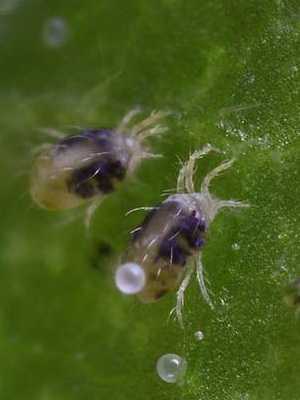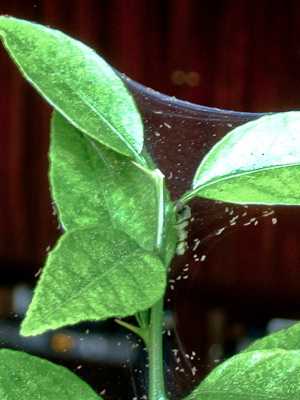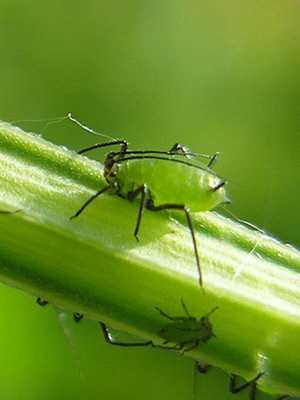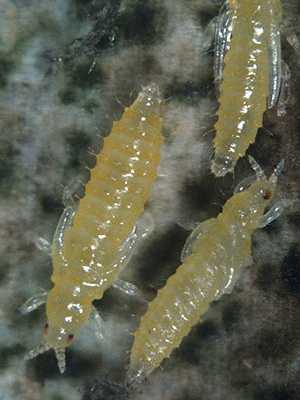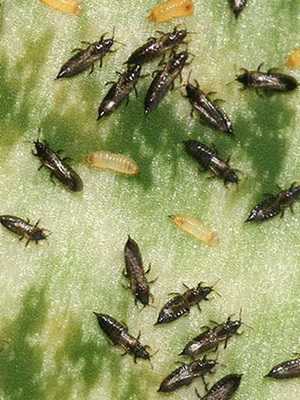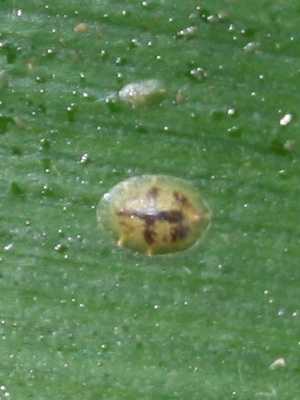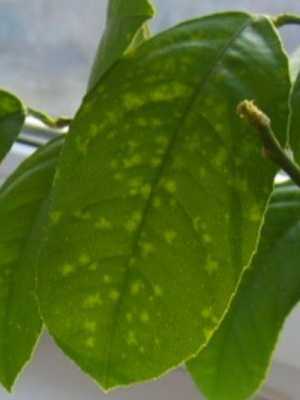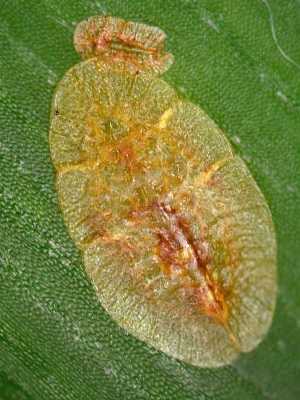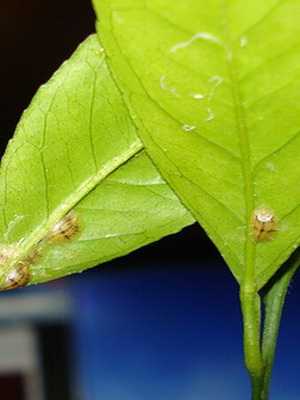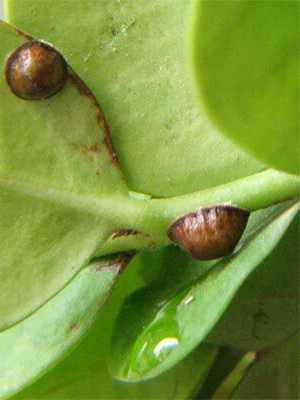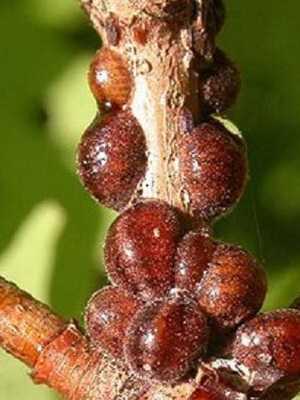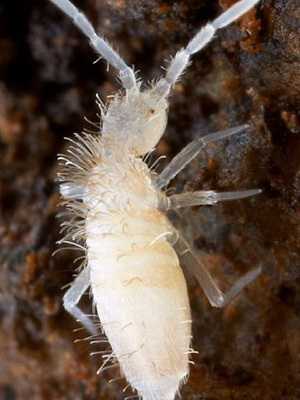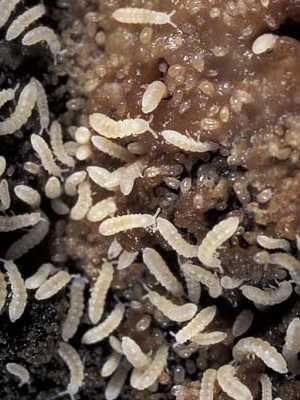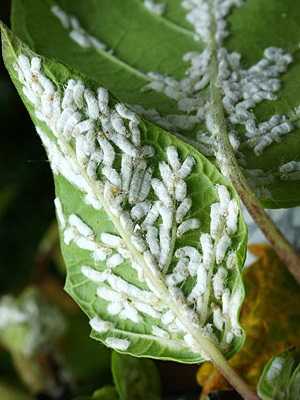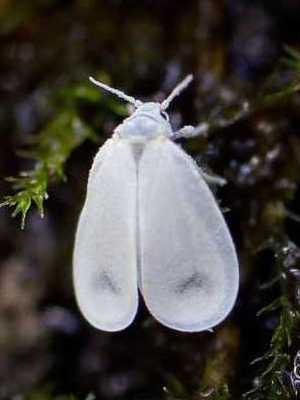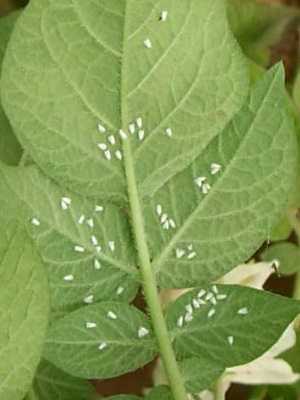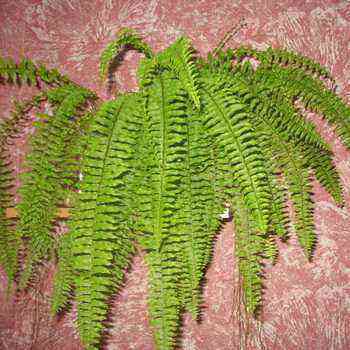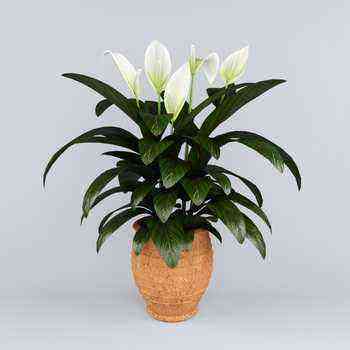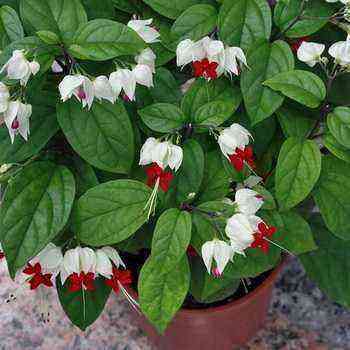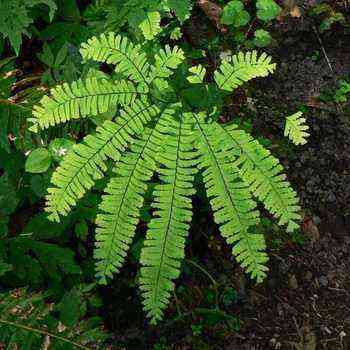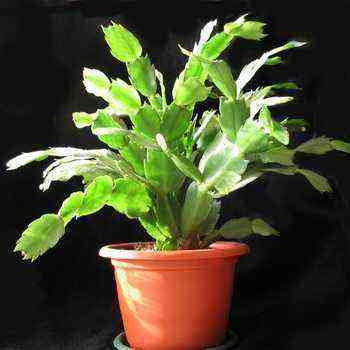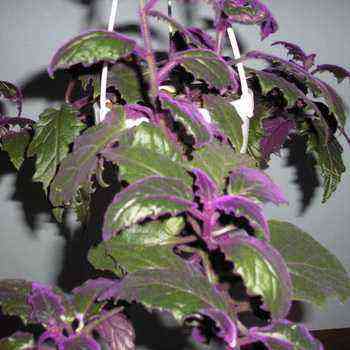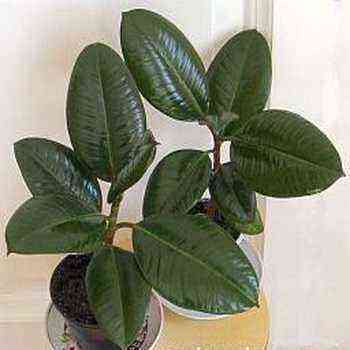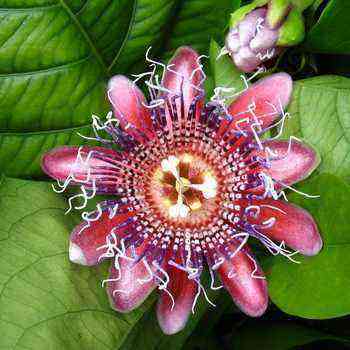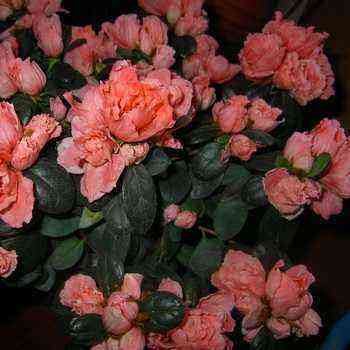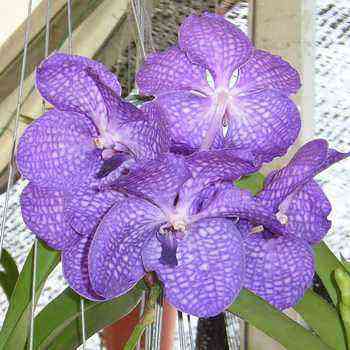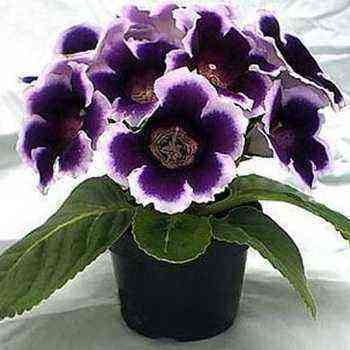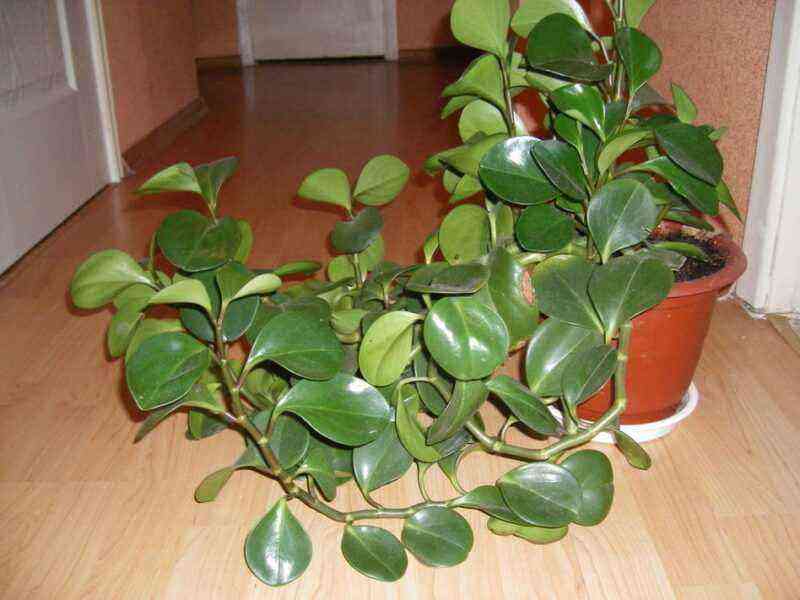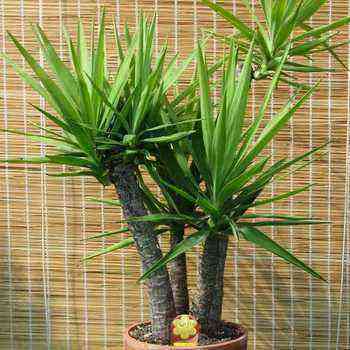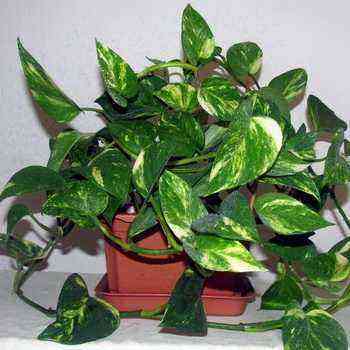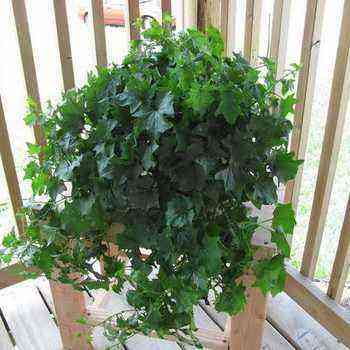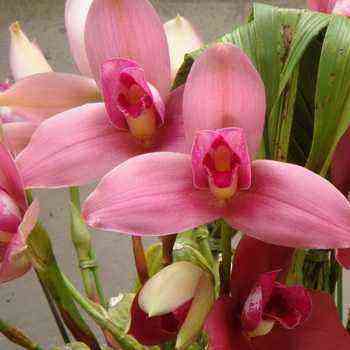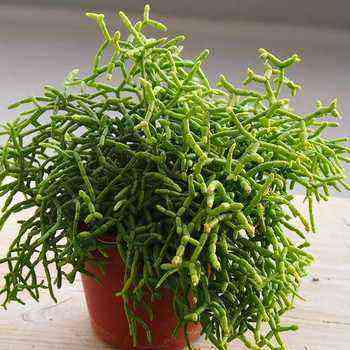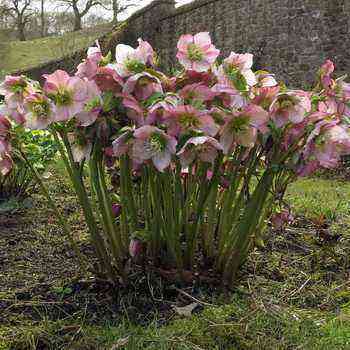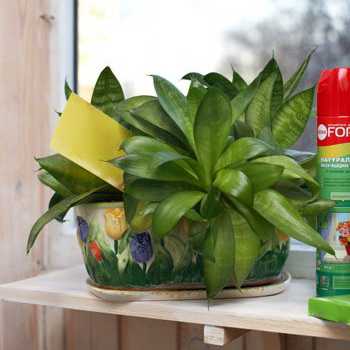
Types of pests of indoor plants with photos and names
This material is devoted to pests of indoor plants and the fight against them. But before you deal with pests of indoor plants, you need to know the “enemy in the face”.
Below are photos, names and descriptions of pests of indoor plants, as well as lists of drugs that will help protect home plantings:
spider mite… The most common and dangerous pest of indoor plants is the spider mite, a very small insect that is almost invisible without a magnifying glass. Appears on the underside of leaves. It multiplies very quickly in dry air and high temperatures.
At first, the defeat of a spider mite is found in the form of light specks from injections and suction of juice from the leaves. Subsequently, with strong reproduction of pests, the entire lower surface of the leaves is covered with the thinnest cobweb. Sometimes all the apical shoots of the plant are shrouded in cobwebs, the leaves acquire a silvery-gray color, the growth stops, the heavily affected leaves fall off. The pest damages many flower crops, including Chinese rose, aspidistra, geranium, palm trees.
Tli live in colonies on young leaves, suck sap from plant cells, causing curling, yellowing and drying them.
As you can see in the photo, these pests of indoor plants are small, up to 1 mm, green insects.:
The pest constantly multiplies throughout the year. One female gives birth to up to 150 live larvae, which after 7-10 days turn into adults, also capable of reproduction. Starting from the second or third generation, winged females appear, which can fly to other plants. Aphids are the main carriers of the leaf mosaic virus disease.
TRIPS… Houseplants are damaged by several of these small, fast-growing insects. They are especially harmful in hot weather. Females lay eggs in the tissue of leaves and flower petals, making moves in them. These leaves have a pale silvery hue. Thrips live on the underside of the leaf. Adult insects can jump to nearby plants. Greenhouse thrips infects ficuses, begonias, palms, dracaena and other flower crops.
See what this type of pest of indoor plants looks like in the photo below.:
Shchitovka… On indoor plants, several species of this pest parasitize. The scale insect damages the leaves and petioles of palm trees, especially fan ones. In places of damage, the leaves turn yellow.
The scutellum of the female is white, round or short-oval; the male is elongated, also white.
What other pests of indoor plants are that cause huge damage to home crops:
Soft false shield – a sucking insect. Pests inhabit the underside of the leaf, especially a lot of them sit along the veins, as well as on the stems of plants.
The female is flat, broadly oval, yellowish-brown, 3-4 mm long. The larvae (tramps) are very small, disperse around the plant and stick to leaves, petioles and shoots. It is strongly distributed on palms, oleanders, dracaena and other houseplants. With a large multiplication, the leaves become covered with a sooty fungus, which contaminates the plants, and they do not grow well.
Hemispherical false shield… Also a large insect that appears on the underside of leaves and on plant stems. The false shield is short-oval, convex, brown in color.
The female lays many eggs under the scutellum, from which very small larvae hatch and spread throughout the plant. This pest infects asparagus, ferns, palms, myrtles, cyperuses and other plants.
Podura white Is a jumping insect that is found in flower pots on the soil surface. Insects are elongated with antennae and three pairs of legs.
They breed in moist soil and live in compost and humus soil. A lot of them appear in the spring. They feed on plant debris, but in pots they can eat up underground parts of plants. Potted flowers are also damaged by soil flies, mosquitoes, and furrowed weevils.
Mealybugs… They appear on the underside of leaves along the veins and on the stems. The female is oval (length from 3,5 to 5 mm), all covered with a powdery waxy coating.
She lays her eggs in a white, cotton-like discharge in the leaf axils. The hatched larvae spread throughout the plant. Mealybugs are more damaging to azaleas, cacti and other flower plants in rooms and greenhouses. Females secrete honeydew, and a sooty fungus spreads on the leaves, which heavily pollutes the plants.
What pests affect indoor plants in greenhouses:
whitefly – greenhouse pest. In the room, it affects almost all plants with soft leaves. It is a small insect about 2 mm in length with a sucking mouth apparatus. It has a yellowish body and two pairs of white pollinated wings.
It sucks not only the leaves, but also the petioles, which turn yellow and then die off prematurely. The pest gives several generations of offspring per year and is active in indoor conditions for all 12 months. Fuchsias, ferns, geraniums especially suffer from whitefly.
How to get rid of pests of indoor plants: protection and treatment
How to get rid of pests of indoor plants using modern biological products:
- The biological preparation Fitoverm will help to get rid of aphids, thrips, whiteflies, ticks (an ampoule of 5 mm is dissolved in 0,5 l of water and the plants are sprayed). The duration of the protective action of the drug is 7 days. After this period, if necessary, spraying is repeated.
- To protect indoor plants from pests, it is advisable to alternate the use of Fitoverma with Agrovertin or Iskra-Bio. These are also highly effective biological preparations. After spraying the plants, the nutrition and motor activity of insects cease after 4-16 hours, and their death occurs on 2-3 days. The maximum effect from the use of biological products falls on the 5-6th day.
- Large pests – worms, scale insects – can be destroyed by mechanically collecting them with tweezers. A good remedy for pests of indoor plants living in the soil is the preparation “Thunder-2”.
- Another effective means of controlling pests of indoor plants is spraying with gray colloidal (5 g per 1 liter of water) to protect them from ticks, as well as from scale insects, worms and powdery mildew.
For the treatment of indoor plants damaged by pests, “Kleshchevit” is shown – a biological preparation against spider mites on cucumbers and tomatoes in greenhouses, as well as ticks on currants.
The benefits of the drug:
- High speed of exposure – ticks stop feeding after 6-8 hours, and their complete death occurs in 3-4 days.
- The minimum waiting time – the fruits can be eaten as early as 2 days after processing.
- Not addictive to insect pests.
